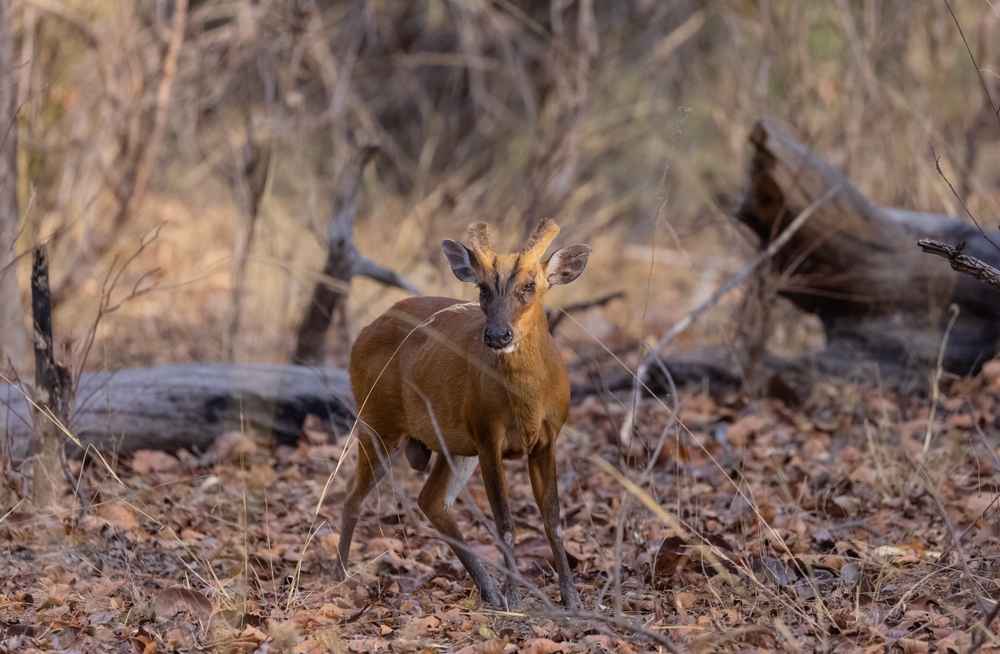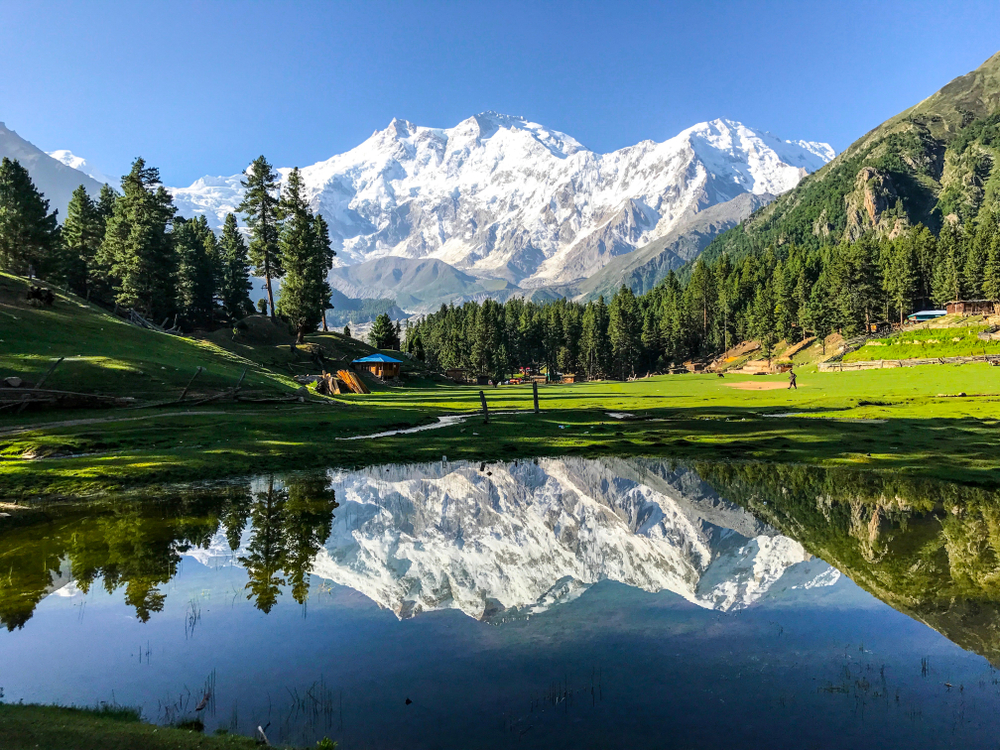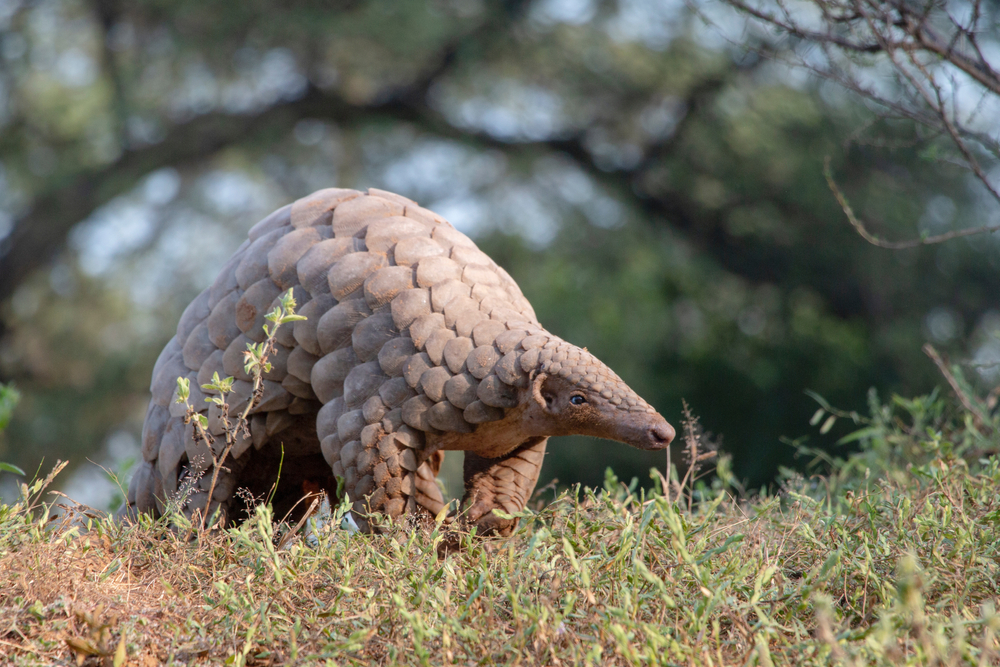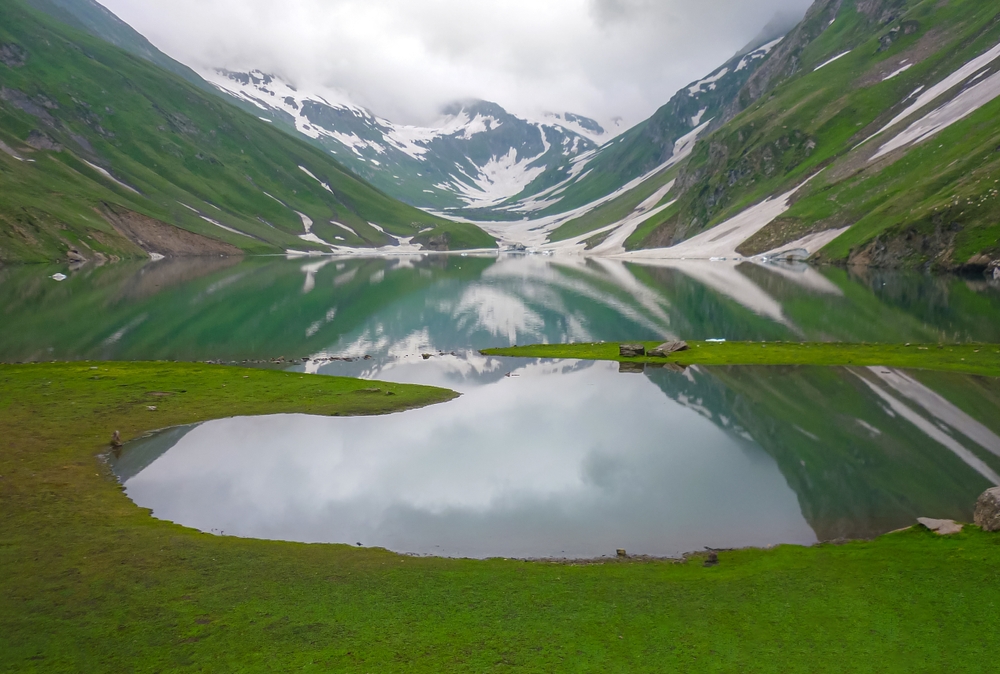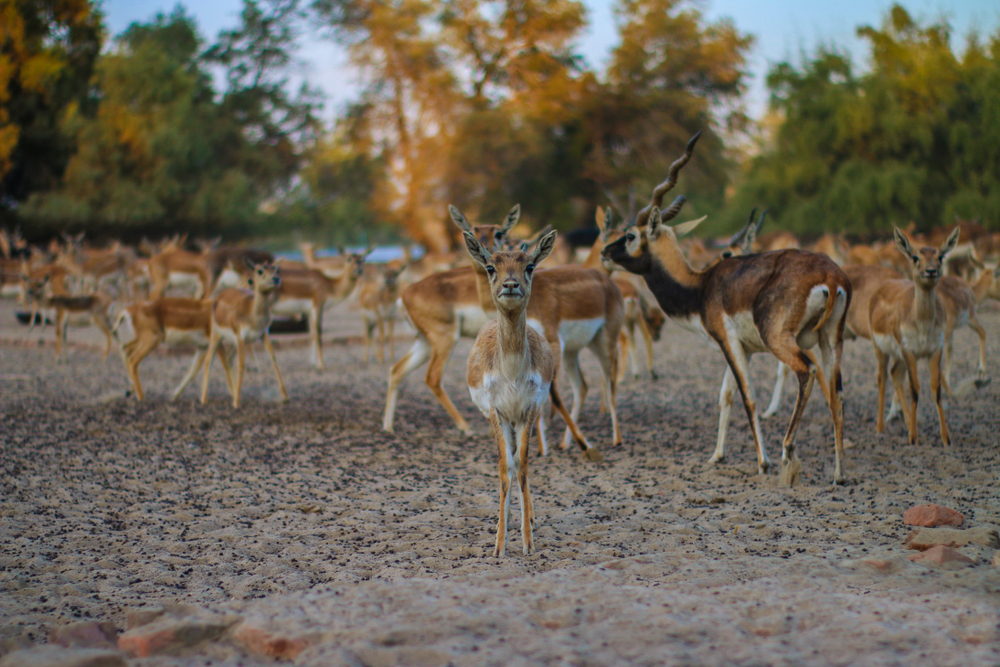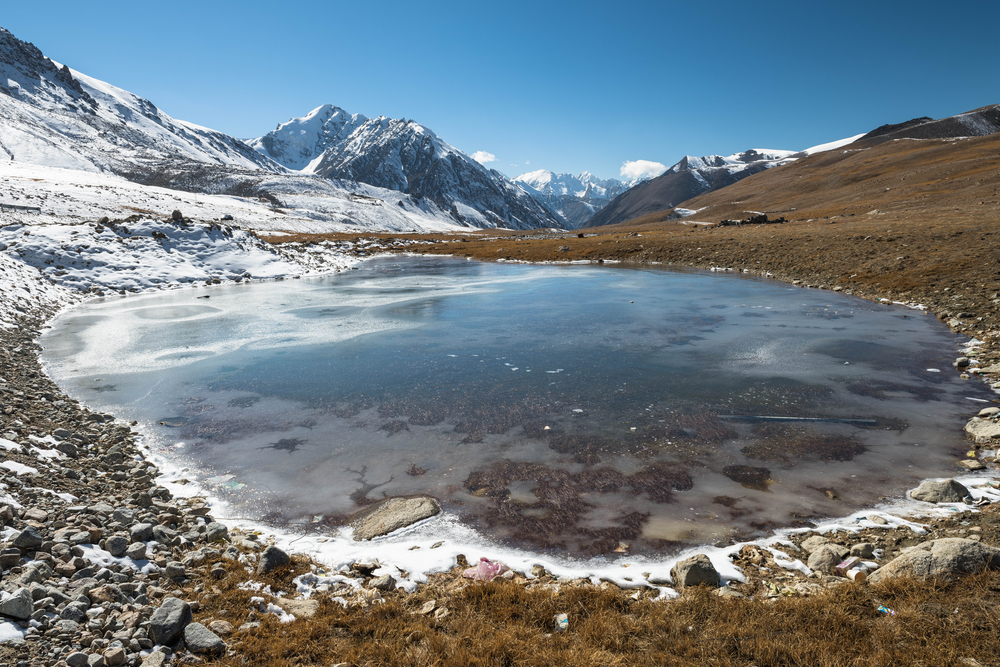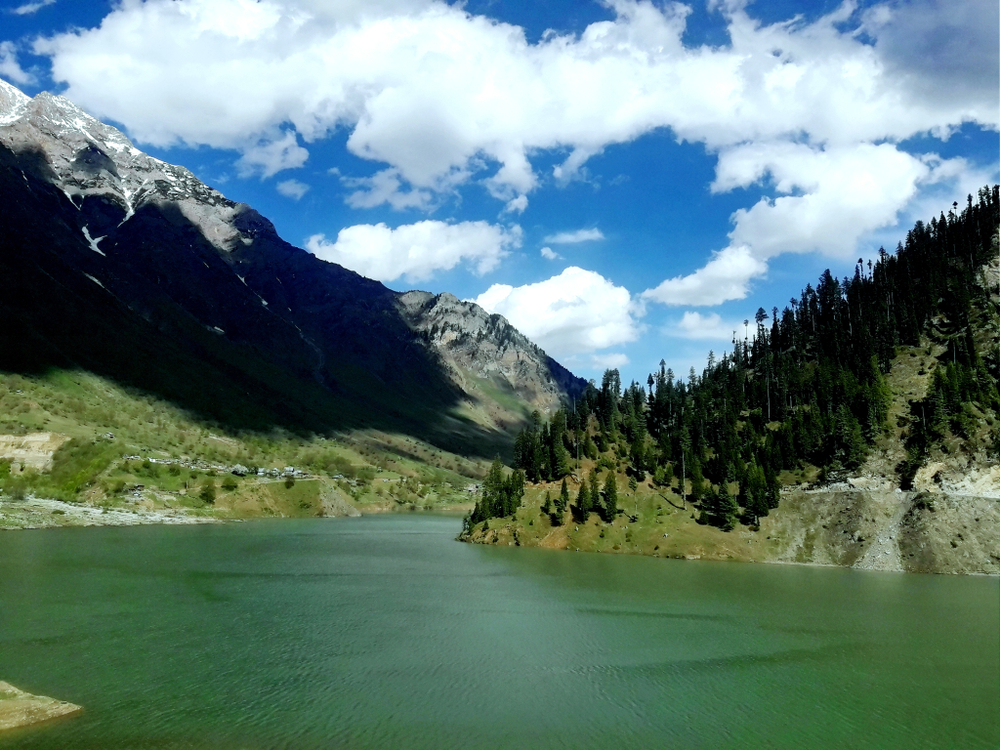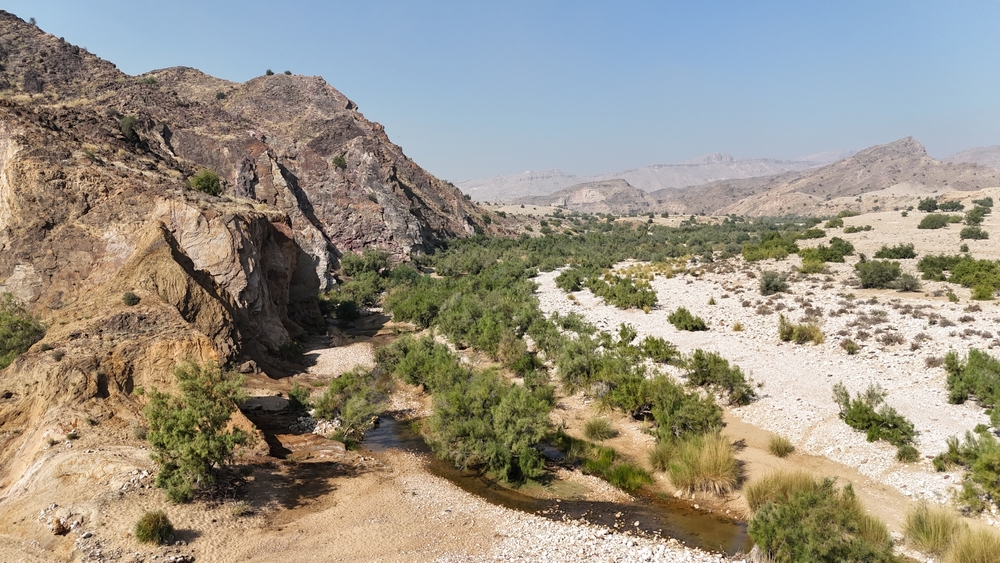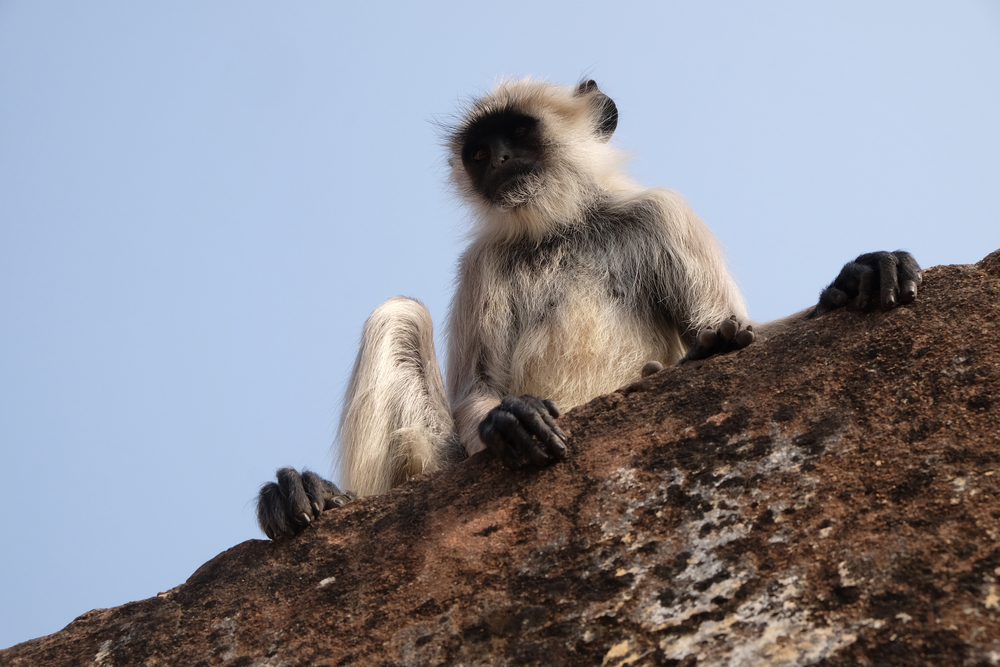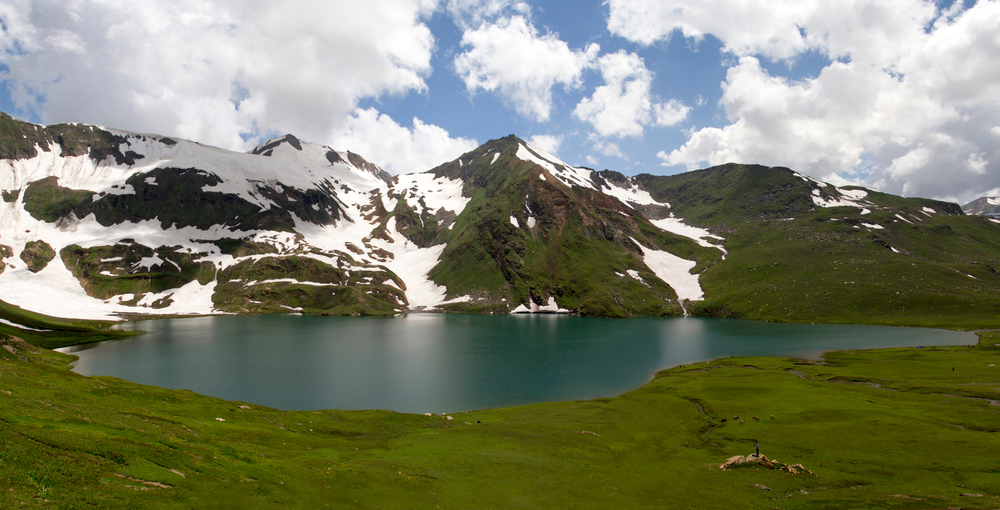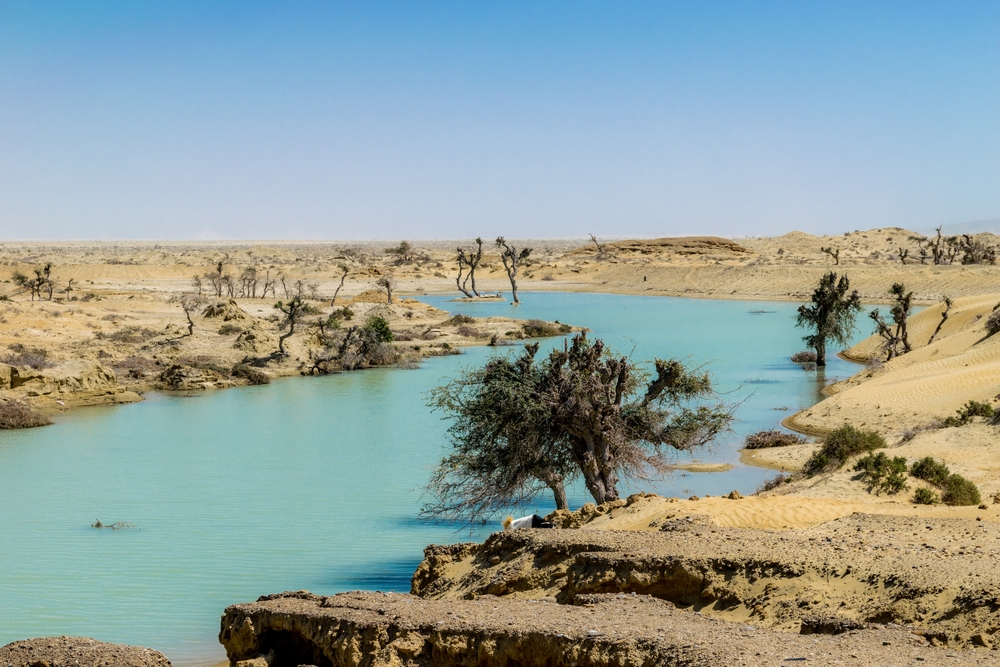Malakandi Overview
Malakandi National Park, locally known as ملاکنڈی نیشنل پارک, is a newly established protected area in the Mansehra District of Khyber Pakhtunkhwa, Pakistan. Covering approximately 254 square miles (660 square kilometers), the park lies near the Kaghan Valley and stretches across the western Himalayan foothills.
Officially declared a national park in 2022, Malakandi was created to preserve its rich forest ecosystems and diverse wildlife while promoting sustainable tourism and conservation in the region. Its elevation, forest cover, and proximity to major valleys make it a key area for ecological preservation.
The terrain of Malakandi National Park consists of steep hills, deep ravines, and forested slopes that descend into narrow valleys and stream-fed gorges. Elevations vary, creating a mix of ecological zones ranging from sub-tropical pine forests to temperate broadleaf woodlands.
These forests are primarily composed of chir pine, oak, and other hardwood species that support a dense understory of shrubs and herbs. Seasonal flowering plants and moss-covered rocks give the park a rich, vibrant appearance during spring and summer, while snow in higher regions adds a serene quality in winter.
Wildlife in Malakandi National Park is diverse and includes several significant species native to the western Himalayan region. Key mammals include the common leopard, Himalayan black bear, barking deer, rhesus macaque, and yellow-throated marten.
These species find refuge in the thick forest canopy and steep terrain. Birdlife is equally notable, with species such as the kalij pheasant, Himalayan monal, chakor, and a variety of thrushes and warblers found throughout the park. Reptiles, amphibians, and numerous invertebrates also thrive in the damp forest floor and stream corridors, making the park a haven for biodiversity.
Though still under development, Malakandi National Park offers scenic views, quiet forest trails, and the promise of becoming a premier eco-tourism destination. Its proximity to the popular Kaghan Valley enhances its appeal, and visitors drawn to the region’s natural beauty may find in Malakandi a quieter, less-traveled alternative.
Cascading streams, waterfalls, and mossy rocks offer photographic opportunities, while the dense woods provide ideal settings for wildlife observation and nature appreciation.
Visitors can engage with the park through hiking, nature walks, and birdwatching, with local guides enhancing the experience through knowledge of flora and fauna. As infrastructure improves, additional trails and visitor facilities are expected to become available, encouraging low-impact tourism.
Educational tours and conservation outreach programs are also part of the long-term vision for the park, aimed at fostering awareness and respect for the area’s natural resources.
Malakandi National Park was established in response to increasing threats to forest cover, wildlife habitat, and biodiversity in the region. Conservation goals include the protection of critical species and the restoration of degraded forest zones.
One of the challenges the park faces is balancing development and tourism with habitat preservation. However, its recent designation has sparked new interest from environmental organizations and government agencies.
Through active management, community engagement, and continued support, the park has the potential to emerge as a successful model for conservation in northern Pakistan.








































































